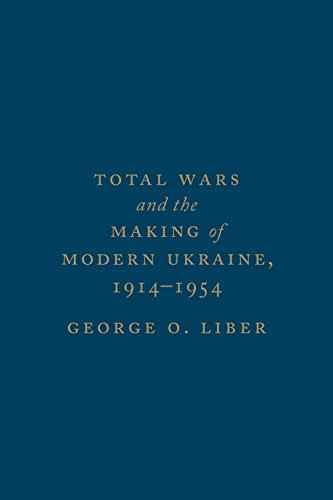

Most ebook files are in PDF format, so you can easily read them using various software such as Foxit Reader or directly on the Google Chrome browser.
Some ebook files are released by publishers in other formats such as .awz, .mobi, .epub, .fb2, etc. You may need to install specific software to read these formats on mobile/PC, such as Calibre.
Please read the tutorial at this link: https://ebookbell.com/faq
We offer FREE conversion to the popular formats you request; however, this may take some time. Therefore, right after payment, please email us, and we will try to provide the service as quickly as possible.
For some exceptional file formats or broken links (if any), please refrain from opening any disputes. Instead, email us first, and we will try to assist within a maximum of 6 hours.
EbookBell Team

4.0
66 reviewsBetween 1914 and 1954, the Ukrainian-speaking territories in East Central Europe suffered almost 15 million “excess deaths” as well as numerous large-scale evacuations and forced population transfers. These losses were the devastating consequences of the two world wars, revolutions, famines, genocidal campaigns, and purges that wracked Europe in the first half of the twentieth century and spread new ideas, created new political and economic systems, and crafted new identities.
In Total Wars and the Making of Modern Ukraine, 1914–1954, George O. Liber argues that the continuous violence of the world wars and interwar years transformed the Ukrainian-speaking population of East Central Europe into self-conscious Ukrainians. Wars, mass killings, and forced modernization drives made and re-made Ukraine’s boundaries, institutionalized its national identities, and pruned its population according to various state-sponsored political, racial, and social ideologies. In short, the two world wars, the Holodomor, and the Holocaust played critical roles in forming today’s Ukraine.
A landmark study of the terrifying scope and paradoxical consequences of mass violence in Europe’s bloodlands, Liber’s book will transform our understanding of the entangled histories of Ukraine, the USSR, Germany, and East Central Europe in the twentieth century.